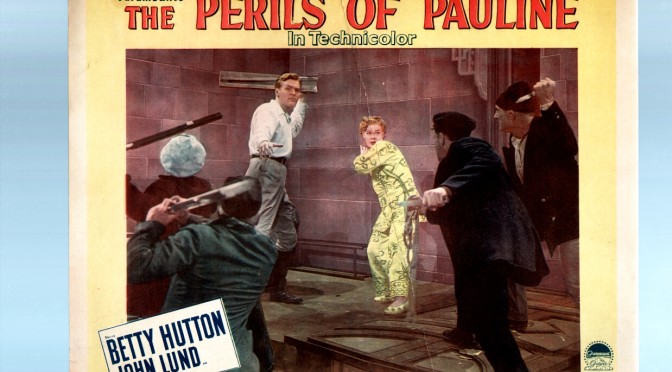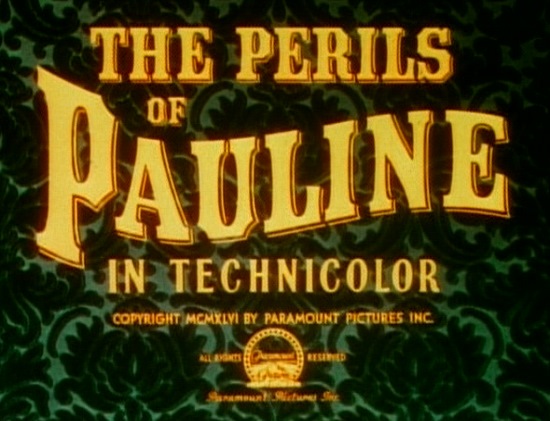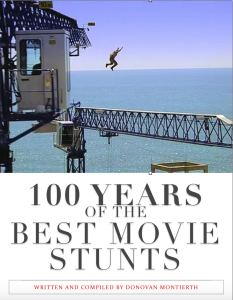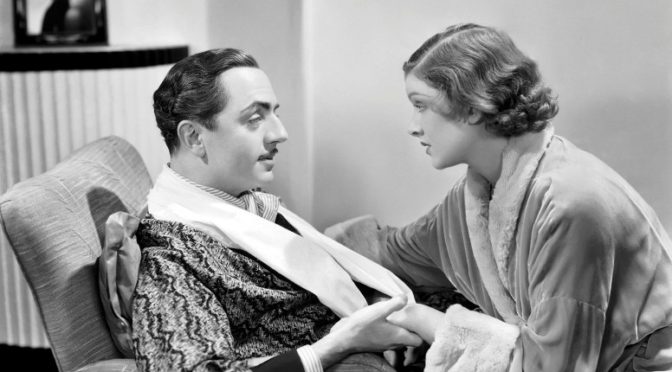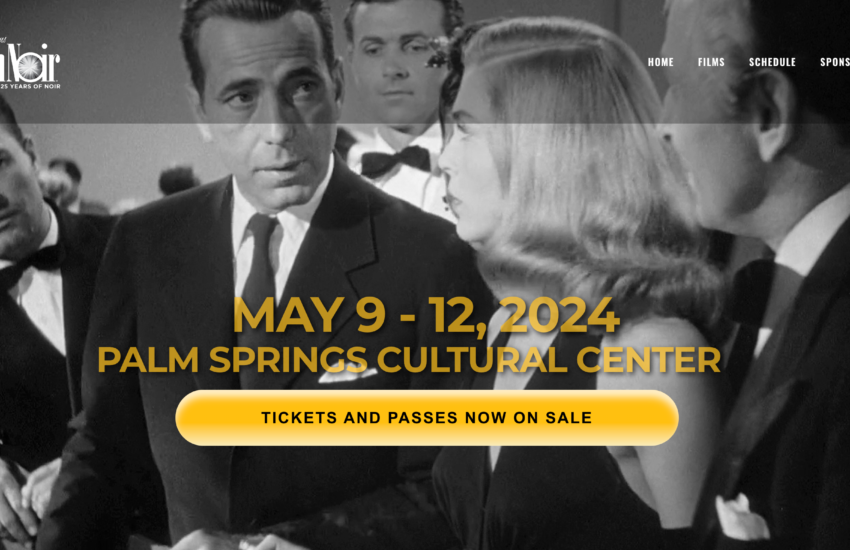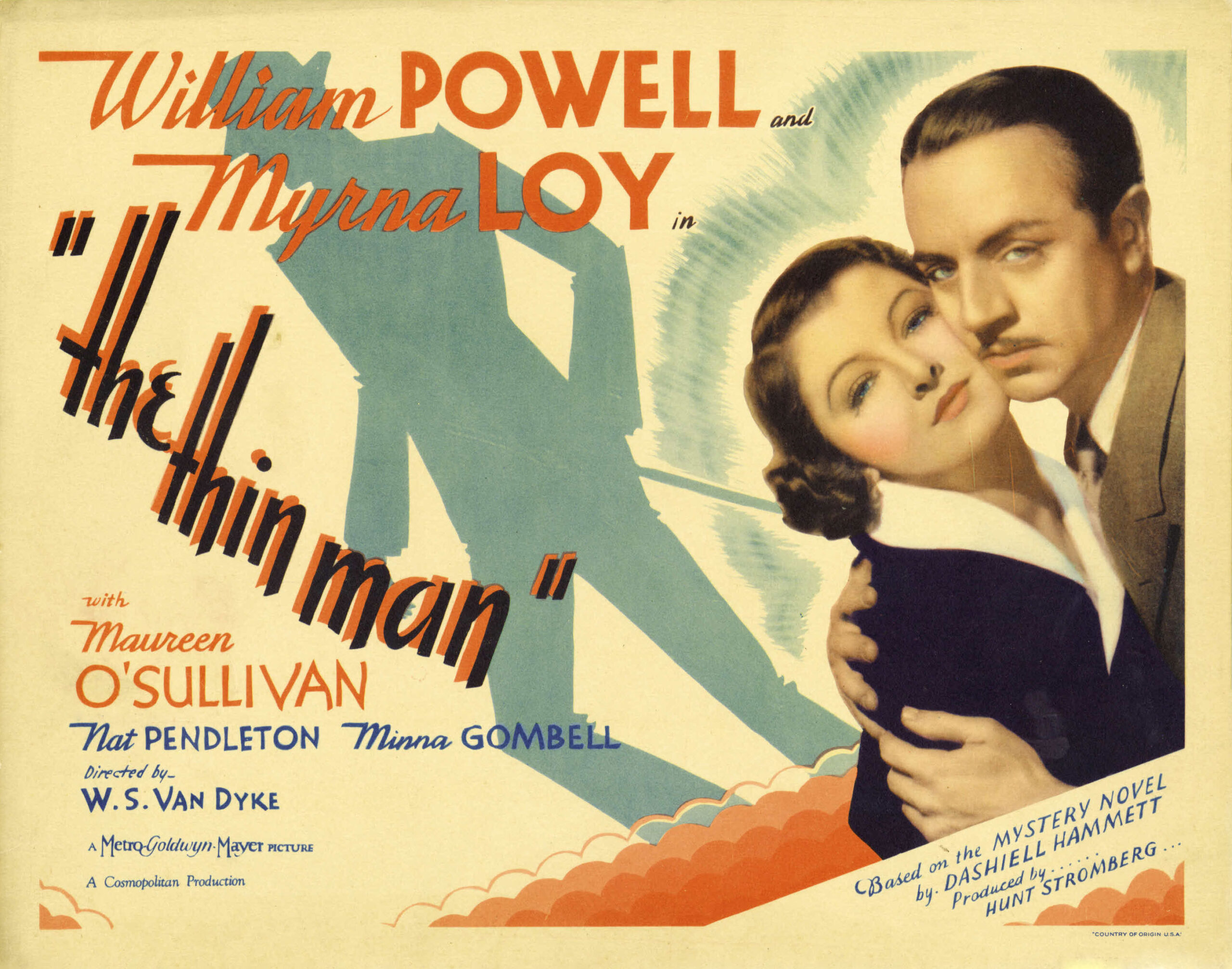This is the second time this title hits the list, but this one is really just a reference to the previous film, not a sequel to it. This film is a semi-biography on Pearl White (mostly fictional), the actress that played Pauline in the first film. Betty Hutton plays Pearl and Polly Burson is Betty Hutton’s stunt double. Staying true to who Pearl White really was (an actress that didn’t use stunt doubles) I think it would have been more fitting to just have Polly Burson play Pearl, but to Betty’s credit, she does a great job.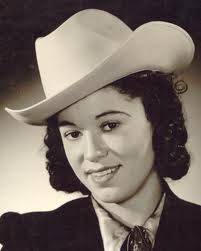
Like Evelyn Finley, the Best Movie Stunt winner from 1944, Polly was a true “horse woman”, they thought nothing of jumping off horses onto moving trains and stagecoaches, shooting from galloping horses or being dragged through sand and sagebrush. She started out in the rodeo and transferred her skills to the movies.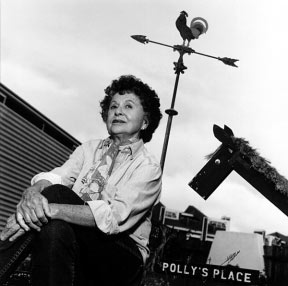
Polly recalled later, “I was lucky to be able to transfer my stunt skills to the movies, and in 1946 I got a job doubling for Betty Hutton in `Perils of Pauline.’ It was so exciting. We filmed in Simi Valley and they had me doing all kinds of stunts, including jumping from a horse onto a train boxcar and then climbing up on top of the moving train and jumping from car to car.”
George Marshall, the director, didn’t want her to ride up to the boxcar, grab the bar and pull herself onto the train. He wanted her to leap from the horse to the train. Polly explained how the stunt went in the book, Guts And Grace: The Untold Story of Stuntwomen in the Movies, “So I’m up on a hill a couple of blocks away from the train and the railroad tracks,” Polly said, “it’s straight downhill and I have to judge the time I’ll need to get to that first boxcar behind the coal car. I had to get in position to get to it and couldn’t be pulling up—that would look phony. I wasn’t behind, but I was whipping the horse so I could get to my ladder on the car. And that’s timing. I had the best darn horse under me. I hated to admit it, but she was a mare. We were going as fast as we could, I reached the boxcar and went for it—I jumped on to it!”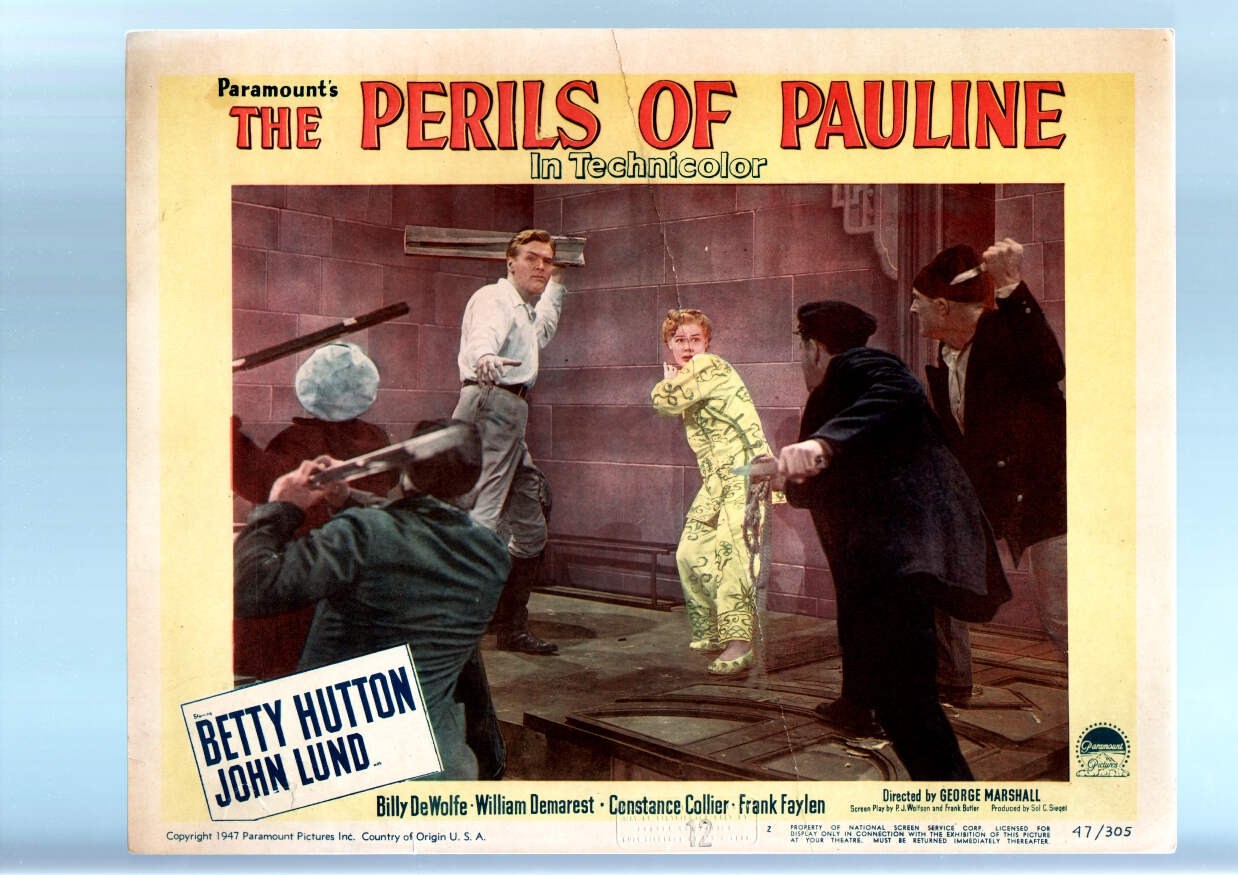
Polly and her galloping horse seem fused together until she rises up, makes a graceful easy leap away from the horse toward the moving train. As she sails off, her horse keeps racing on with the same unbroken rhythm and Polly lands on the train perfectly.
“I had to stay between cars and shoot back at the Indians that were chasing me,” Polly said. “Then I had to crawl up and run along the boxcar into the coal car, down the coal car into the engine room, around the engineer, and up to the cowcatcher. I had to do it three times and I couldn’t figure what in the hell was wrong. Later, when I came close by the engineer, it was George Marshall, the director! He said he’d been a frustrated engineer since he was a kid. I said, ‘Mr. Marshall, I wish you’d have practiced with somebody else.'”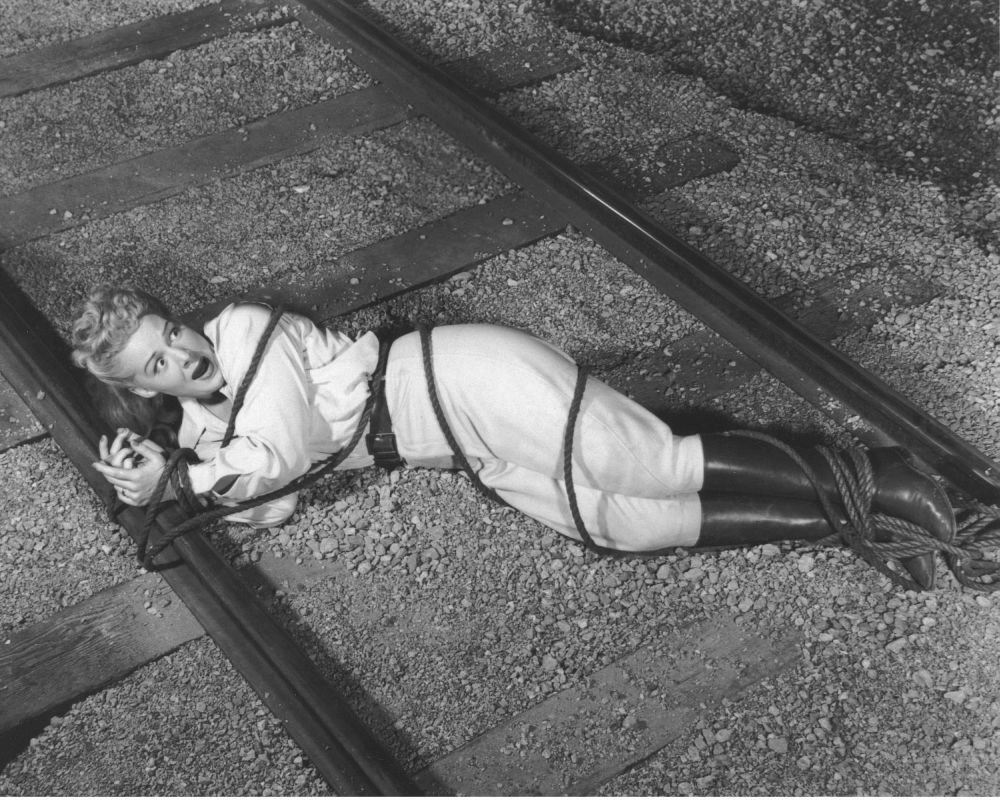
The Perils of Pauline was directed by George Marshall for Paramount Pictures in Technicolor.
Things to look up (click on item to go to IMDB page):
Glossary of film terms as defined by the Wikipedia – Technicolor – is a color motion picture process invented in 1916 and then improved over several decades. It was the second major process, after Britain’s Kinemacolor, and the most widely used color process in Hollywood from 1922 to 1952. Technicolor became known and celebrated for its saturated levels of color, and was used most commonly for filming musicals such as The Wizard of Oz and Singin’ in the Rain, costume pictures such as The Adventures of Robin Hood and Joan of Arc, and animated films such as Snow White and the Seven Dwarfs and Fantasia. However, it was also used for less spectacular dramas and comedies, and sometimes even a film noir — such as Leave Her to Heaven or Niagara — was filmed in Technicolor.
“Technicolor” is the trademark for a series of color motion picture processes pioneered by Technicolor Motion Picture Corporation (a subsidiary of Technicolor, Inc.), now a division of Technicolor SA. The Technicolor Motion Picture Corporation was founded in Boston in 1914 (incorporated in Maine in 1915) by Herbert Kalmus, Daniel Frost Comstock, and W. Burton Wescott. The “Tech” in the company’s name was inspired by the Massachusetts Institute of Technology, where Kalmus received an undergraduate degree and was later an instructor. Technicolor, Inc. was chartered in Delaware in 1921.

